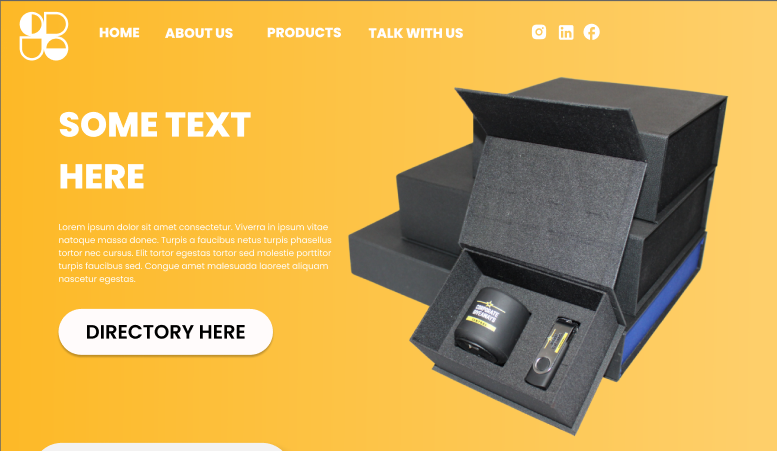
Website Redesign
Complete redesign to align with brand guidelines and improve UX. Designed in Figma, implemented on Wix with custom code where needed.
Open FigmaFrom interactive bots to polished user interfaces. I combine a computer engineering foundation with front-end craftsmanship to deliver thoughtful, maintainable products.
See ProjectsHello! My name is Chariedale Joy Valdez. I am a Computer Engineering graduate and a passionate front-end developer. My work focuses on creating clean, efficient, and intuitive applications that solve real problems.
My technical skills in React, Node.js, and API integration are complemented by my background in graphic design and teaching. I enjoy tackling diverse challenges — whether integrating a third-party API or building a cross-platform app.

Complete redesign to align with brand guidelines and improve UX. Designed in Figma, implemented on Wix with custom code where needed.
Open Figma
Minimalist single-page site for dashboards, automations and video documentation. Built with Tailwind + HTML; deployed on Vercel.
View LiveObjective: To reduce mobile user drop-off and increase the rate of cart additions from the Product Detail Page (PDP).
Hypothesis: Adding a sticky "Add to Cart" button on the mobile PDP will improve the conversion rate by reducing friction and providing a clear path to purchase.
Test Variables:
Variant A (Original): Default mobile product page with a standard "Add to Cart" button.
Variant B (Variant 1): A new sticky "Add to Cart" bar was added to the bottom of the mobile PDP, including the product name and price.
Implementation: The test was conducted on mobile devices for both new and returning visitors. The sticky "Add to Cart" button was created using custom CSS.
KPI: Add-to-cart rate (CVR) and Revenue Per Visitor (RPV).
Results: The test resulted in a significant improvement, with a +19.0% lift in Revenue per Visitor (RPV) and a 90.3% win chance. The test was highly successful but was relaunched due to the client changing their website theme.
Conclusion: The sticky "Add to Cart" button proved to be a highly effective design change, validating the hypothesis that reducing friction on mobile product pages leads to a substantial increase in conversion and revenue.
Objective: To increase the number of checkout starts by leveraging a behavioral bias of urgency and loss aversion.
Hypothesis: Adding a real-time timer with a discount message to the cart page would lead to more users beginning the checkout process faster.
Test Variables:
Variant A (Original): The original cart page with no countdown timer.
Variant B (Variant 1): A 10-minute countdown timer with a promotional overlay was added to the cart page.
Implementation: A custom application code for the countdown timer was added to the client's Shopify liquid file.
KPI: Checkout start rate.
Results: The results of the test showed no significant difference, with the variant having a win chance of 50%. The test duration was from 2025-07-02 to 2025-07-16.
Conclusion: While the countdown timer did not produce a measurable increase in checkout starts, this test provided valuable insights into user behavior. The data gathered from this test serves as a strong foundation for future, more targeted experiments to find an effective way to leverage urgency.
Objective: To reduce friction and improve engagement beyond the hero section of the homepage.
Hypothesis: If homepage animation is reduced, users will stay longer and engage more with content blocks.
Test Variables:
Variant A (Original): The homepage with an animated hero banner.
Variant B (Variant 1): The variant was a simplified design that included a static hero banner with a faster load time.
Implementation: This test was implemented on desktop users with a 50/50 traffic split. The changes for the variant involved removing video blocks from the product grid, eliminating redundant testimonial sections, and removing an animated marquee strip to reduce visual clutter and streamline the layout.
KPI: Bounce rate, scroll percentage, and clicks on modules below the fold.
Results: After running for a week, the test showed a significant win for Variant B, with a 65% win chance and a 5% lift in scroll percentage.
Conclusion: The hypothesis was validated. By reducing visual clutter and friction on the homepage, the simplified design of Variant B successfully improved user engagement, leading to a higher scroll depth and more interaction with the content below the fold.